From Reaper of Death to Hellboy: 5 dinos with nicknames you should know
- Aug 29, 2024
- Canadiana
- 4 minute read
Nicknames go waaay back.
While paleontology can be a serious business, researchers don’t always refer to dinosaurs by their formal names. From the tongue-twisting Micropachycephalosaurus to the Aztecan named Huehuecanauhtlus, referencing them by their scientific name can be a real challenge.
The newest addition to our Discovering Dinosaurs coin series, Royal Horned Face, has its own informal alias that evokes excitement. And luckily, so do many other prehistoric creatures! Keep reading to learn more about five dinosaurs with aptly-applied nicknames.
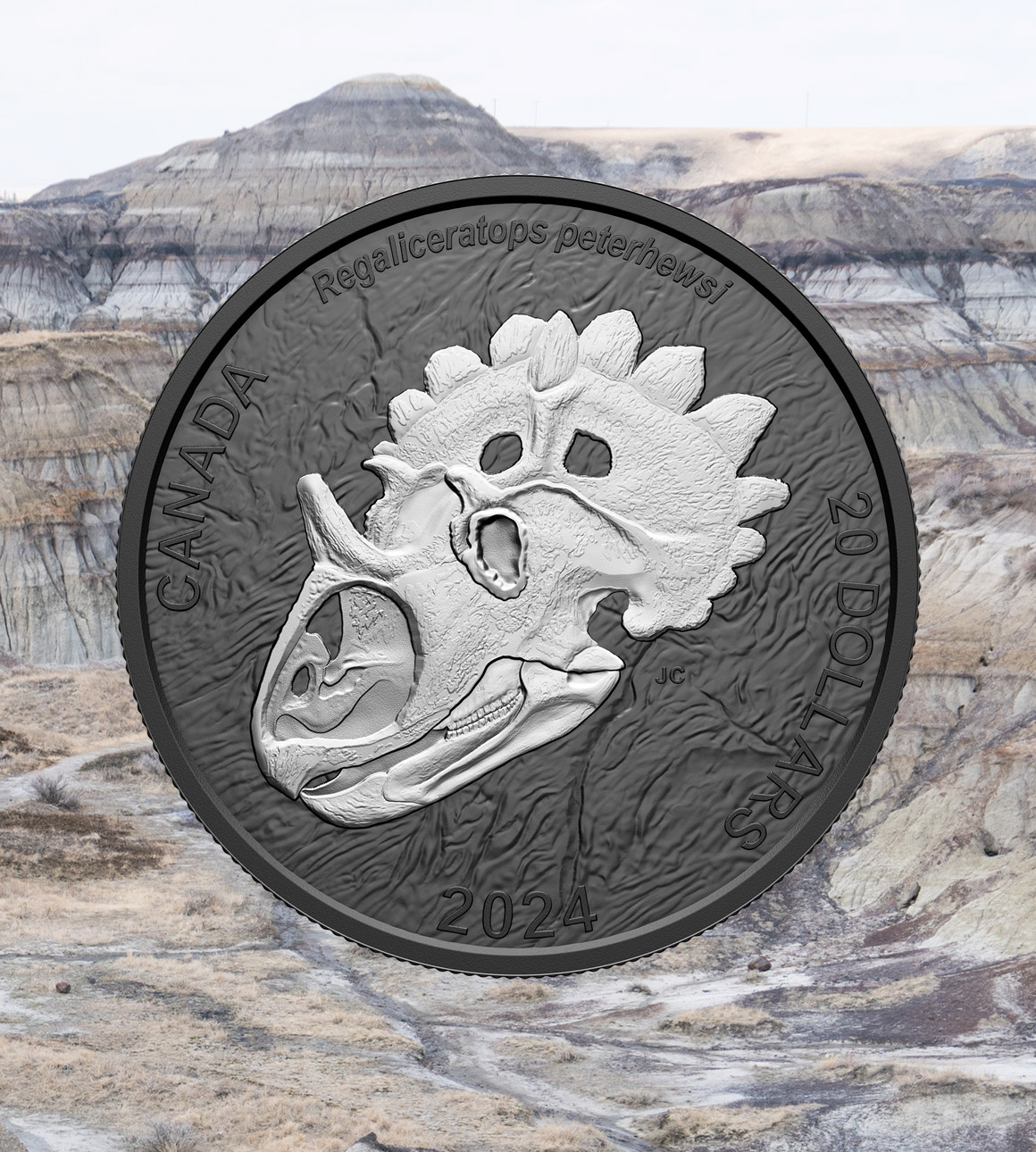

Nicknames go waaay back.
While paleontology can be a serious business, researchers don’t always refer to dinosaurs by their formal names. From the tongue-twisting Micropachycephalosaurus to the Aztecan named Huehuecanauhtlus, referencing them by their scientific name can be a real challenge.
The newest addition to our Discovering Dinosaurs coin series, Royal Horned Face, has its own informal alias that evokes excitement. And luckily, so do many other prehistoric creatures! Keep reading to learn more about five dinosaurs with aptly-applied nicknames.


Hellboy
Hellboy
Excavating and preparing the Regaliceratops peterhewsi specimen found lodged in a cliff in southwestern Alberta was a ten-year devilishly difficult ordeal for Darren Tanke and the team at the Royal Tyrrell Museum of Palaeontology.
Its official “royal” name refers to the elaborate crown-like ring of bony plates around the frill at the back of its head. Tanke felt that the stubby-horned, mostly intact skull looked strikingly like the comic book character, “Hellboy”. Given its horned appearance and what a beast it was to unearth from the ultra-hard rock that encased it – its nickname seems rather fitting!
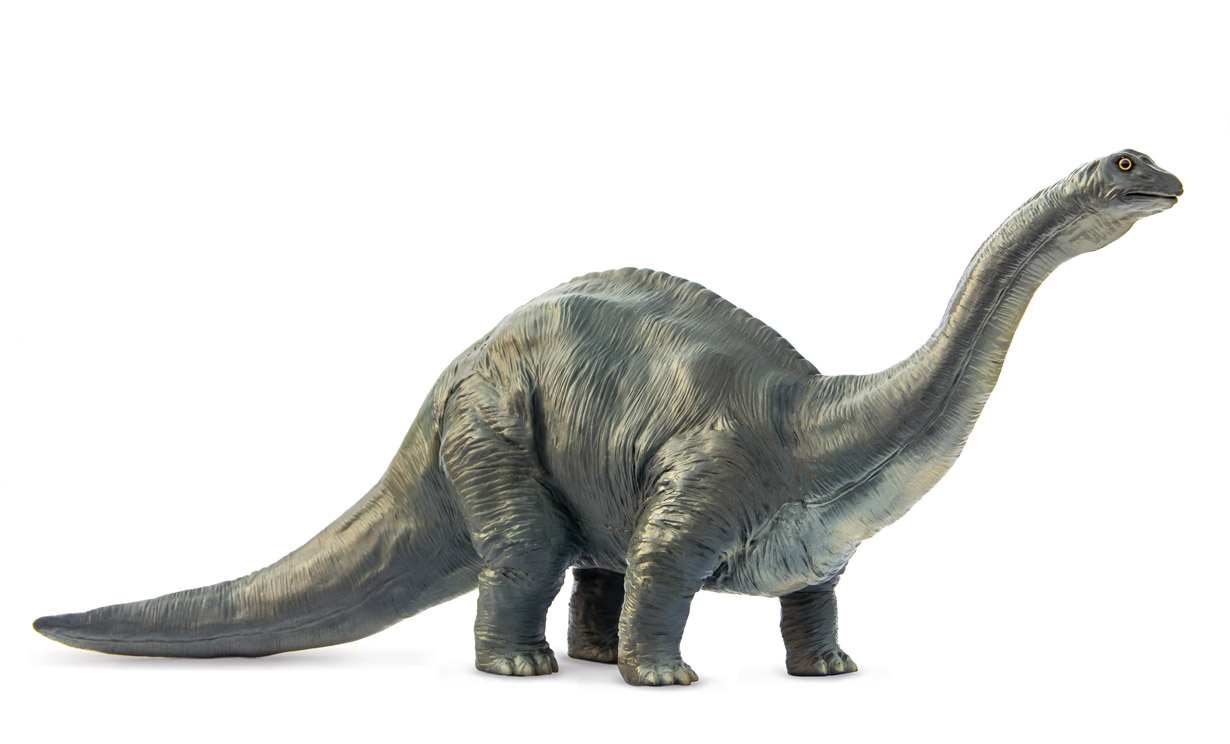

Thunder Lizard
Thunder Lizard
Scientifically known as the Brontosaurus, these sauropods were named from the Greek words “Bronte” meaning “thunder,” and “sauros” meaning “lizard.” The paleontologists who named it were awed by its size, imagining it would have caused the ground to shake like thunder when it walked.
For a while scientists concluded that the dinosaur was too similar to the previously-discovered Apatosaurus to be a unique species. However, more recent findings have restored this “Thunder Lizard’s” unique identity. Noting distinct differences in their necks and their overall size, the Apatosaurus is an even more robust version of the Brontosaurus!
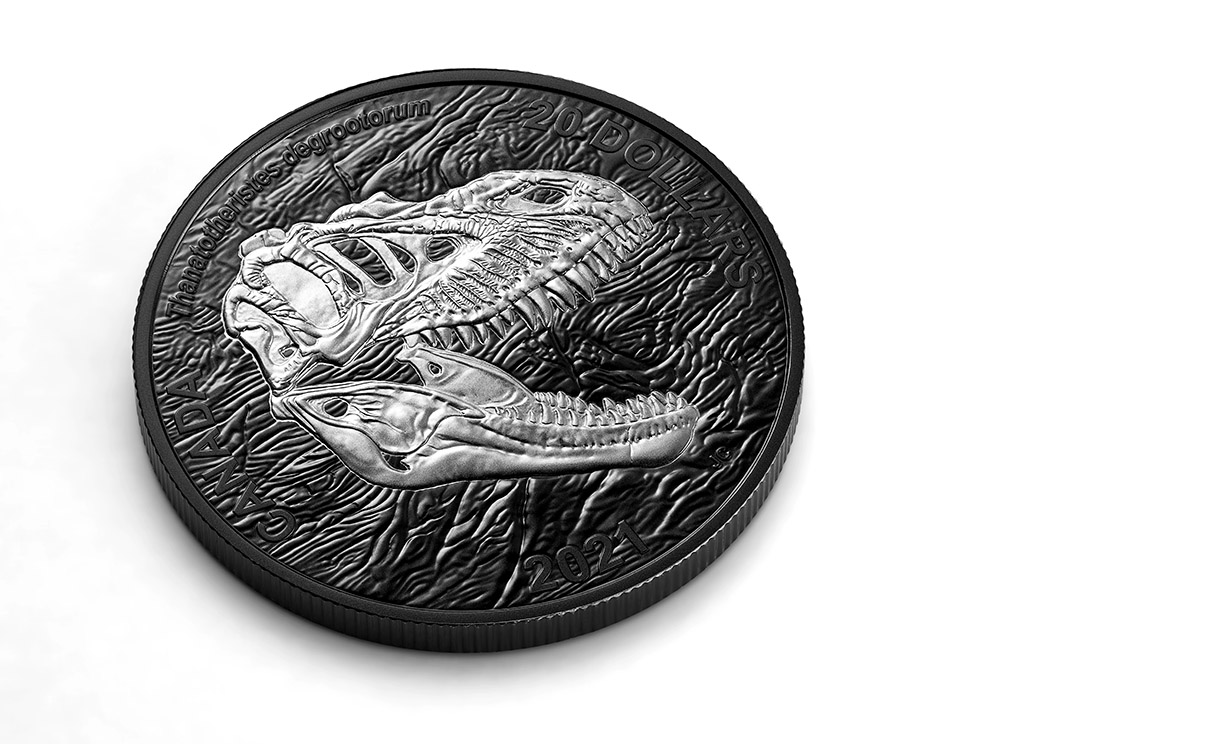

Reaper of Death
Reaper of Death
Scientifically known as Thanatotheristes degrootorum, this carnivorous tyrant’s name means, “Reaper of Death,” embodying its role as the largest known apex predator of its time.
Known colloquially as “Thanatos," this relative of the famous Tyrannosaurus rex stood roughly 8ft (2.4m) tall with a long, deep snout, bumps on its skull and large teeth serrated like a steak knife. While the head of T. rex is bigger and more stoutly built, both species of tyrannosaurs share the same comically short arms, excellent sense of smell, and keen eyesight (despite what certain movies would have you believe).
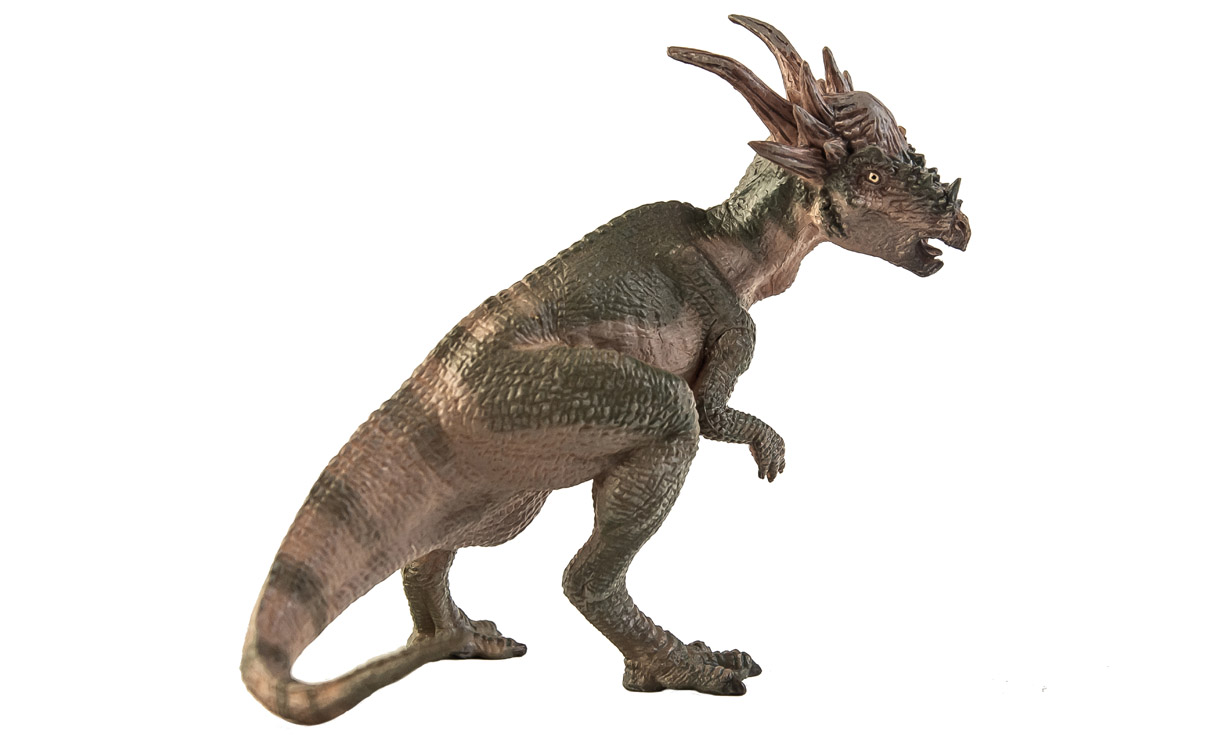

Devil from the River Styx
Devil from the River Styx
Stygimoloch had bony spikes and knobs growing out of its head, giving it a fearsome appearance. Its name translates to the “horned demon from the River Styx” due to its resemblance to the biblical demon Moloch and because many of its fossils were found in Hell Creek, Montana.
Hilariously, this “little devil” dinosaur was not a ferocious flesh-eater, but a largely passive herbivore that measured a mere 3ft (1.5 meters) tall. Most paleontologists now agree that this dinosaur was in fact a very young individual of the much larger dome-headed dinosaur Pachycephalosaurus.
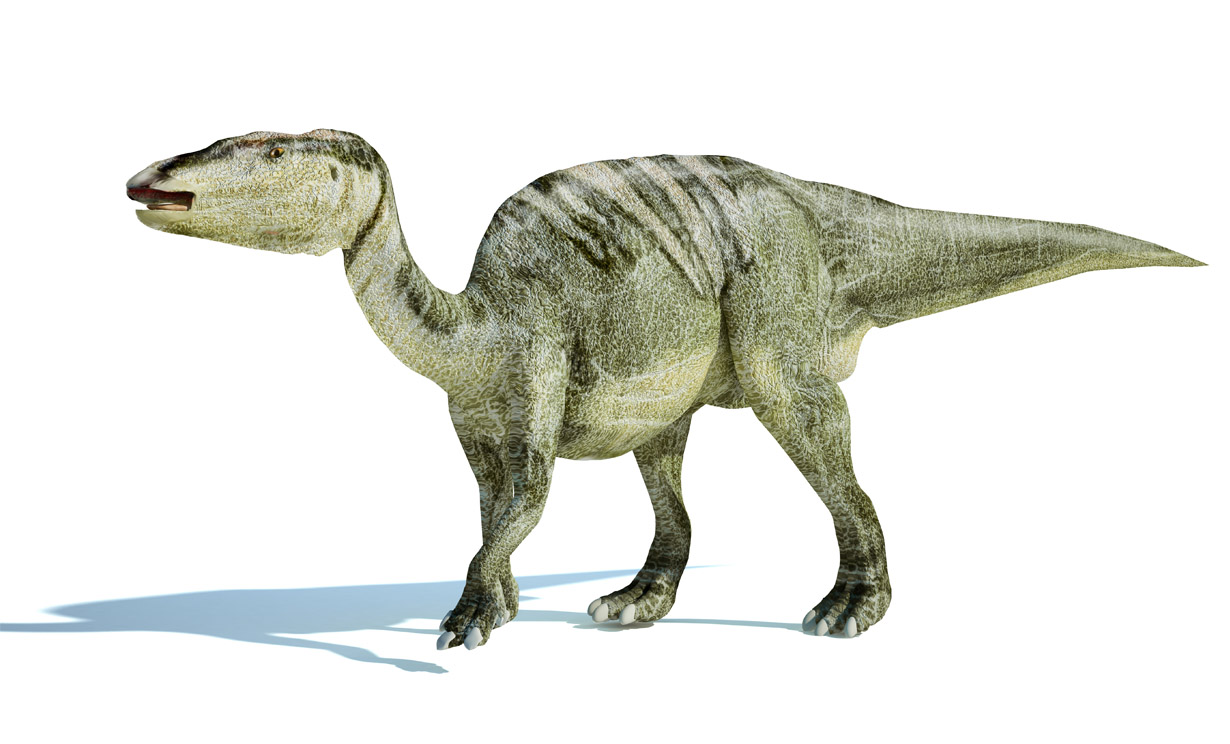

Giant Duck
Giant Duck
Although the Edmontosaurus was discovered near Drumheller, its name means "lizard from Edmonton" because the rock formation in which it was discovered was named the Edmonton Formation at the time. As part of the hadrosaurid (duck-billed) genus, this "giant duck" is easily identifiable by its long, flat head and broad duck-like snout. In addition to its distinct bill, the Edmontonsaurus had powerful hindlimbs, a long muscular tail, and shorter forelimbs with fleshy “mittens” - two fingers wrapped together and two other fingers that acted like thumbs. An adaptable giant that was capable of walking on two or four feet, this “giant duck” was one of the last dinosaurs to roam the planet before the extinction of dinosaurs.
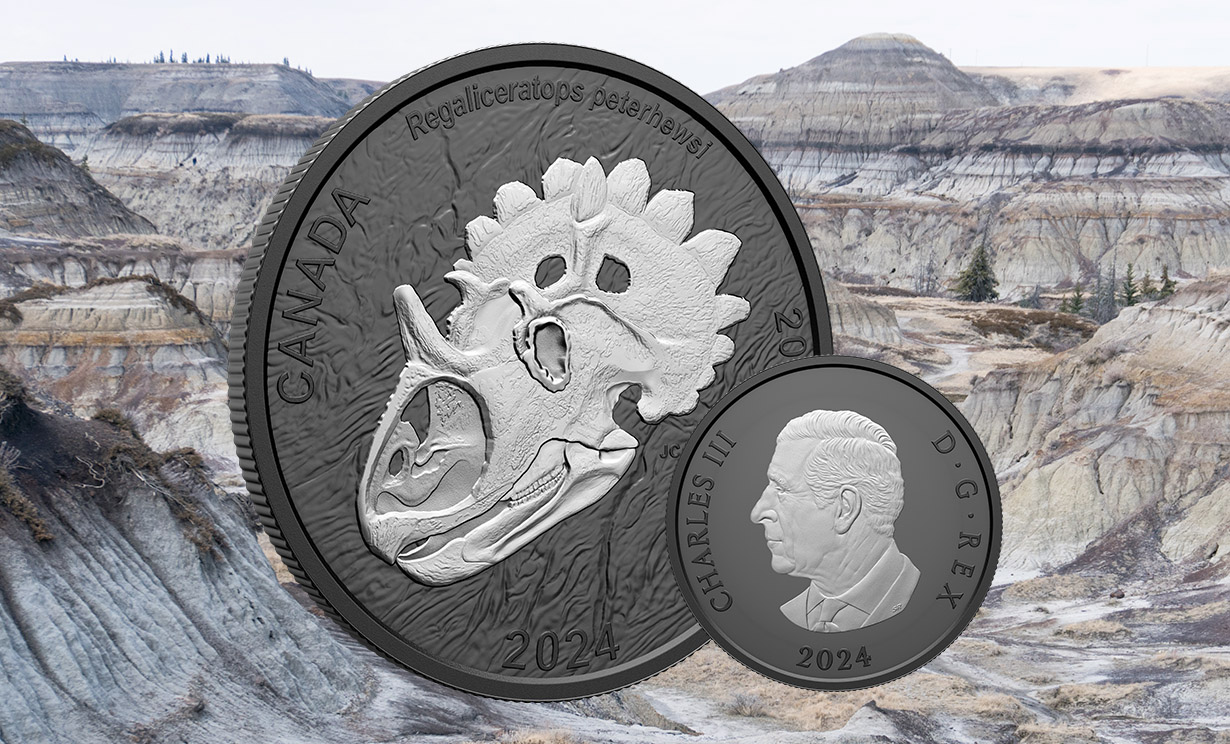

Joining the Mercury’s Horned Face (2022) and Reaper of Death (2021) in our Discovering Dinosaurs series, this Hellboy dinosaur makes its coin debut on our 2024 collectible, where the 69-million-year-old skull shines against the black rhodium-plated background.



